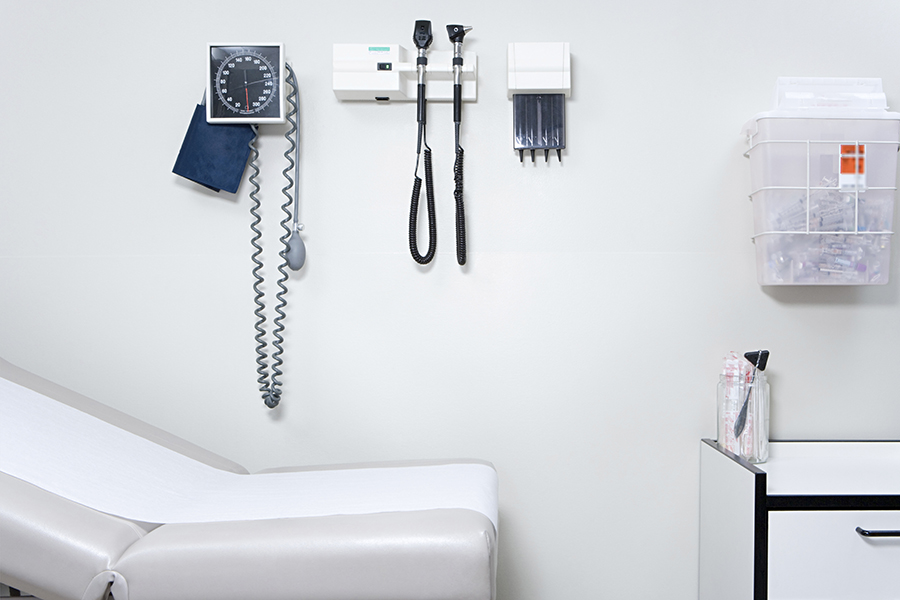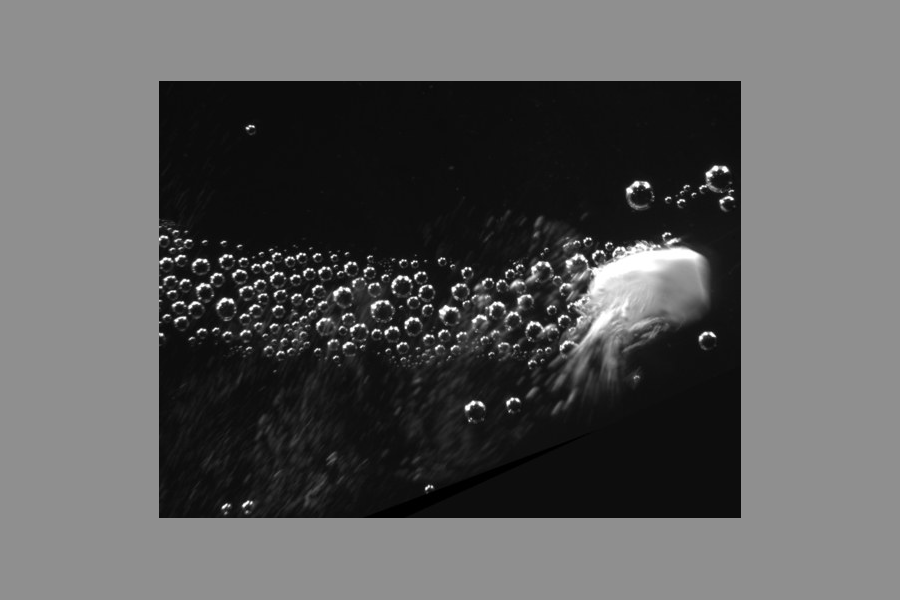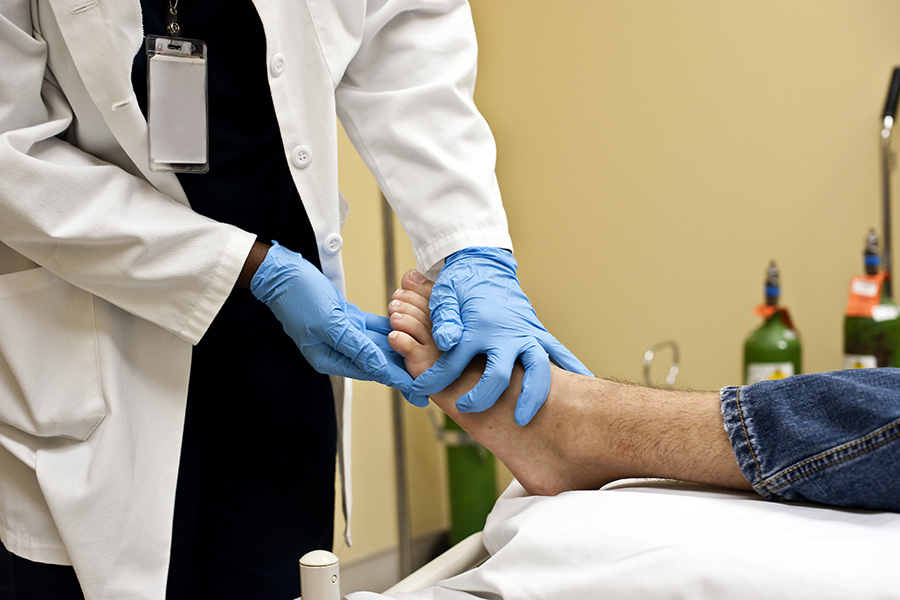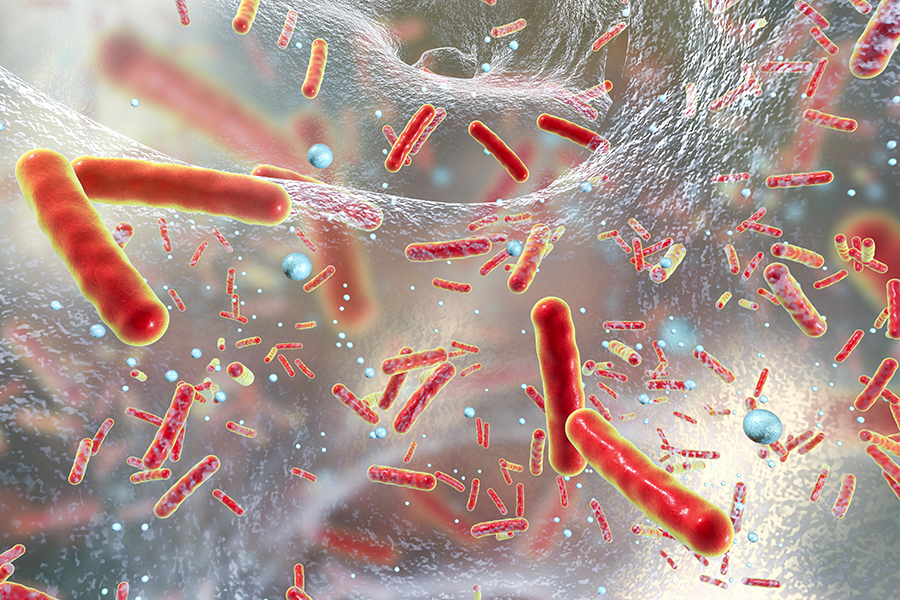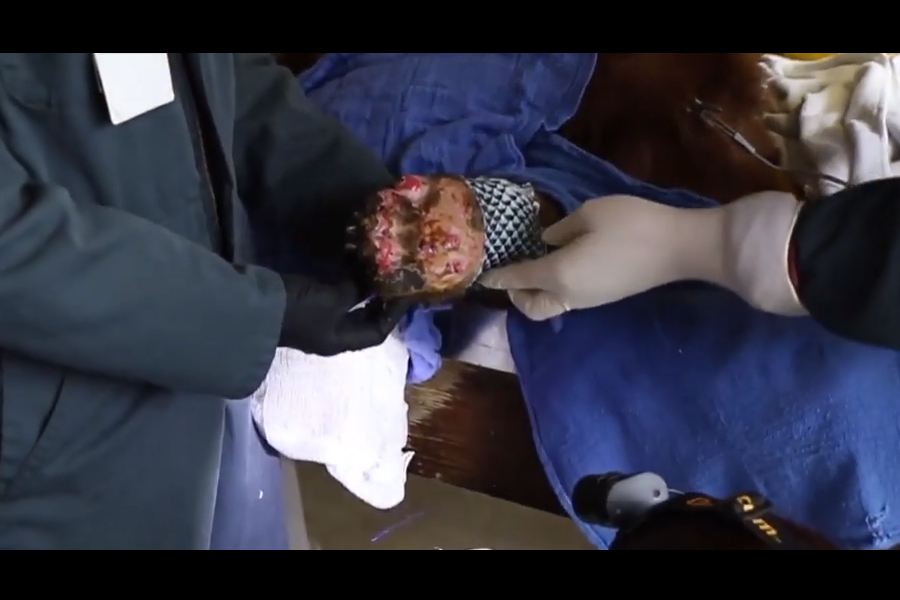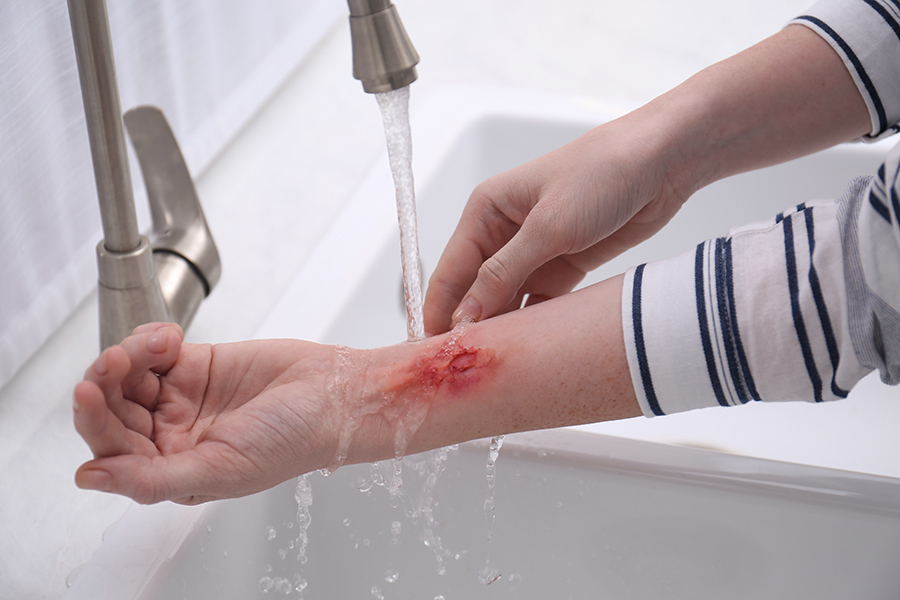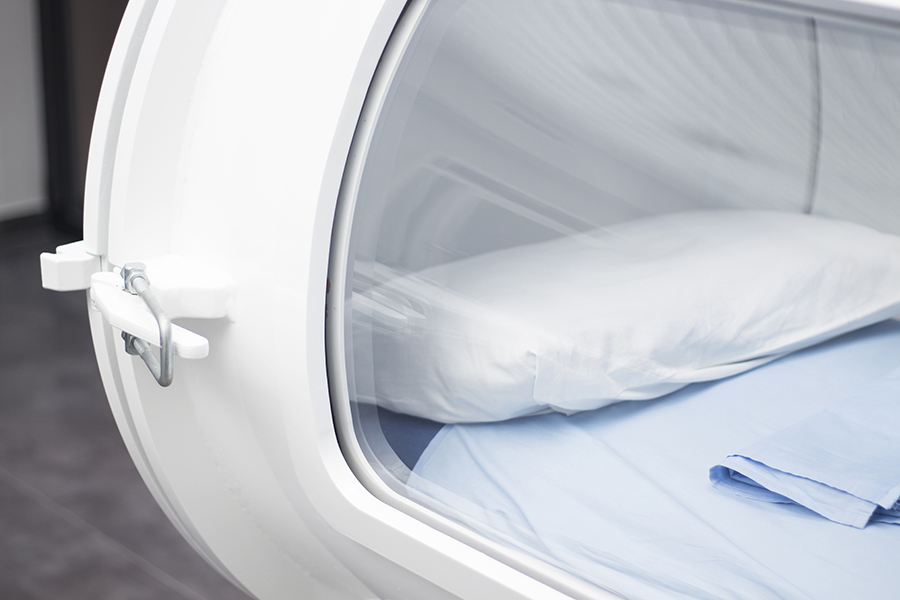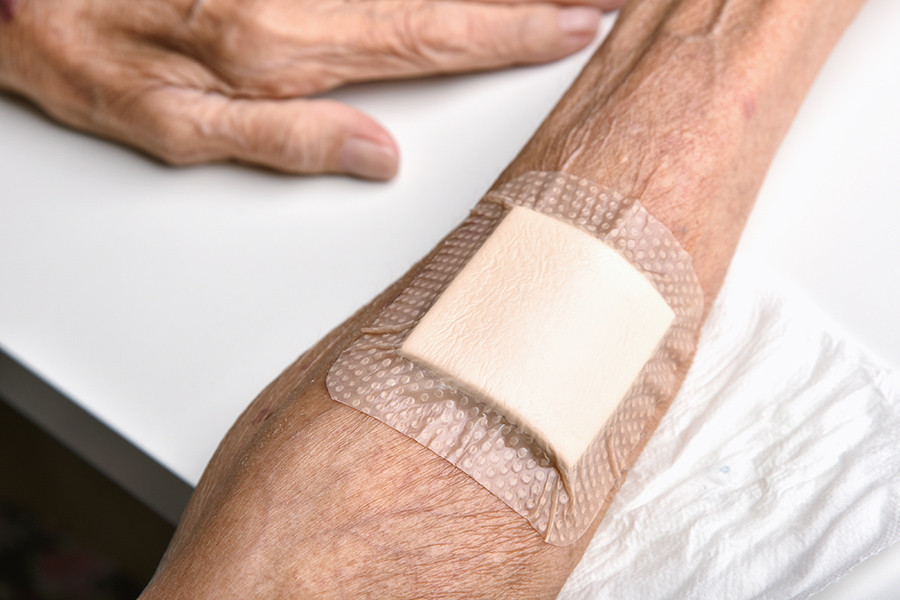Before staging a pressure injury (sometimes called a pressure ulcer or bedsore) or beginning treatment, you may want to check this guide to avoid a common error: pressure injuries can be confused with incontinence-associated dermatitis (IAD), otherwise known as adult diaper rash.
Why is it important to know the difference between (IAD) and a pressure injury?
An individual with a pressure injury has a 2-6 times greater mortality risk than someone with intact skin. Because pressure injuries are a quality indicator in acute and post-acute care, correct assessment is vital for both treating the ulcer and reimbursement considerations (incorrect assessment of a pressure injury can change outcome expectations, ultimately affecting reimbursement).
Sometimes IAD is mistaken for a pressure injury, resulting in the wrong treatment plan for the wound. IAD can also lead to the development of pressure injuries, because excessive moisture reduces the skins tolerance to pressure, friction and shear. And skin that is moist from incontinence is five times more likely to develop an ulcer than healthy skin.
In summary, correct identification of the wound is vital to proper treatment and reimbursement for healthcare professionals.
Pressure Injuries vs. IAD Comparison Guide
1. Location
IAD: Perineum, buttocks, inner thighs, groin, natal clefts, lower abdominal folds and/or any areas exposed to urine and stool.
Stage 1 or 2 Pressure Injury: Over bony prominences such as the lower spine, sacrum, coccyx, hipbones and buttocks. Other common areas include elbows, heels, and should blades.
2. Color
IAD: Blanchable or non-blanchable erythema that tends to be pink, red or bright red. Non-blanchable erythema means the skin does not turn white when touched with a finger.
Stage 1 or 2 Pressure Injury: Non-blanchable erythema that may be pink, red, bluish purple, yellow, green, brown or black.
3. Shape
IAD: Irregular in borders (borders are not clearly defined), diffuse and dispersed throughout the area exposed to incontinence.
Stage 1 or 2 Pressure Injury: More circular in shape, discrete, with distinct edges.
4. Temperature/Texture
IAD: Warmer than the adjacent tissue, may also present with fungal-appearing rash, raised or flat.
Stage 1 or 2 Pressure Injury: May be warmer or cooler than adjacent tissue, and either spongier or firmer than surrounding area.
5. Thickness
IAD: Superficial, unless complicated by infection. Damage develops from the surface down into the tissue.
Stage 1 or 2 Pressure Injury: Partial thickness lesion(s). Damage develops from the deep tissue up to the surface.
6. Additional Characteristics
IAD: May appear with blisters or rash, denudement (loss of outer skin layer), erosion or maceration (skin breakdown by long exposure to moisture).
Stage 1 or 2 Pressure Injury: May appear with shiny or dry shallow ulcer(s) without slough, or with an intact/open-ruptured serum filled blister(s).
7. Symptoms
IAD: May associate with pain or itching.
Stage 1 or 2 Pressure Injury: May associate with pain or itching.
For more information on maintaining skin integrity, check out our Introduction to Skin Preservation or click on the links below for related videos and articles:
- Video: Pressure Injury Staging Made Easy Recorded Webinar
- Incontinence-Associated Dermatitis: Prevalence, Economic Impact and the Benefits of Prevention
- Introducing Our New Wound Management Guide
- Incontinence-Associated Dermatitis: Infographic
- Webinar Video and Slides: Pressure Injury – Choosing the Right Treatment
References:
Perry D, Borchert K, Burke S, Chick K, Kraft W, Patel B, Thompson S. Institute for Clinical Symptoms Improvement. Pressure Ulcer Prevention and Treatment Protocol. Updated January 2012.
Doughty D, Junkin J, Kurz P, et al. Incontinence-Associated Dermatitis: Consensus Statements, Evidence-Based Guidelines for Prevention and Treatment, and Current Challenges. Journal of Wound, Ostomy and Continence Nursing, May/June 2012. Vol 3; No. 3; Pgs 303-315.
National Quality Forum (NQF), Serious Reportable Events in Healthcare–2011 Update: A Consensus Report, Washington, DC: NQF; 2011.
RL Soultions Whitepaper: CMS Never Events: Research Report — Exploring the connection between tracking near misses, organizational learning and reducing never events in healthcare organizations.






